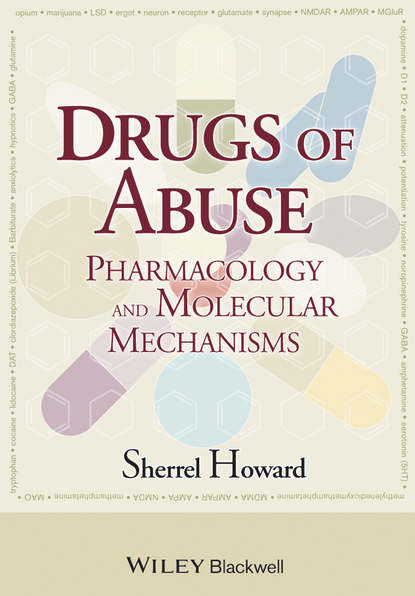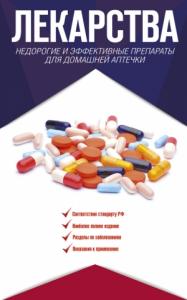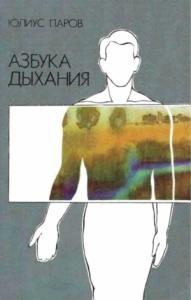
Drugs of Abuse. Pharmacology and Molecular Mechanisms скачать fb2
Sherrel Howard - Drugs of Abuse. Pharmacology and Molecular Mechanisms краткое содержание
Drug abuse has been, and continues to be, a global societal issue with diverse sets of impacts. Drugs of Abuse: Pharmacology and Molecular Mechanisms introduces the basic principles of pharmacology and neuroscience of drug abuse. Understanding the chemistry of commonly abused drugs and their impact on brain function will provide students and researchers with a more profound understanding of the molecular basis of drug abuse and addiction. Drugs of Abuse: Pharmacology and Molecular Mechanisms opens with a brief history of drug use and abuse. Subsequent sections look at specific families of drugs, including stimulants, depressants, and hallucinogens among others, and explore how their chemical make-up interacts with brain function. The final chapter provides a brief overview of clinical substance abuse treatment. Providing a concise, accessible introductory overview of the topic, Drugs of Abuse: Pharmacology and Molecular Mechanisms will be a valuable resource for students, researchers, and others interested in how drugs interact with the brain. Introduces readers to the basic principles of neuroscience and pharmacology as related to drug use and abuse. Explores how the chemical make-up of drugs interact with the brain and can lead to addiction Includes coverage of a wide array of commonly abused families of drugs, including stimulants, depressants, hallucinogens, and others. Provides an essential introduction to the chemical and molecular underpinnings of drug use and abuse
Чтобы оставить свою оценку и/или комментарий, Вам нужно войти под своей учетной записью или зарегистрироваться



